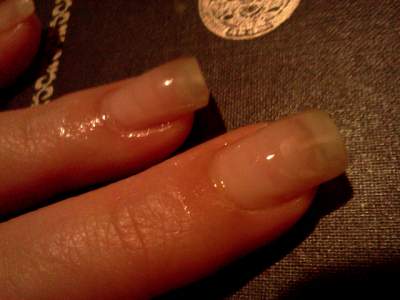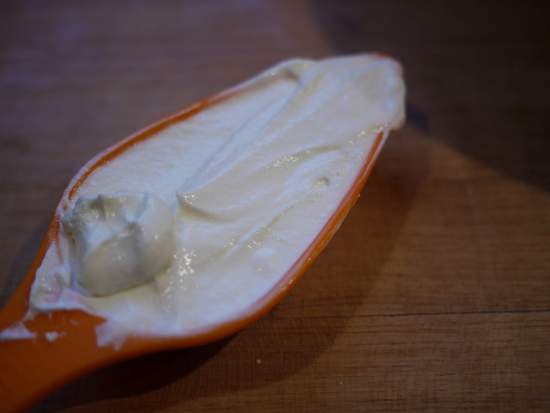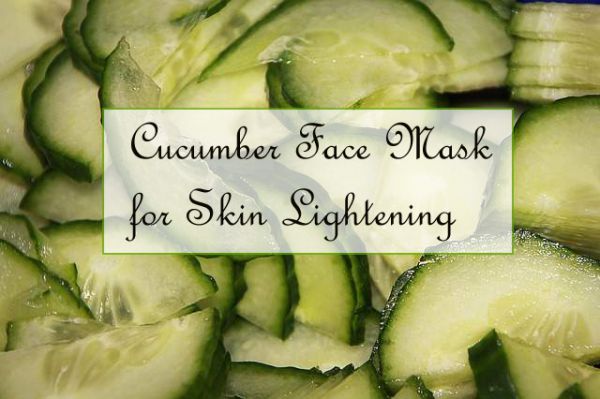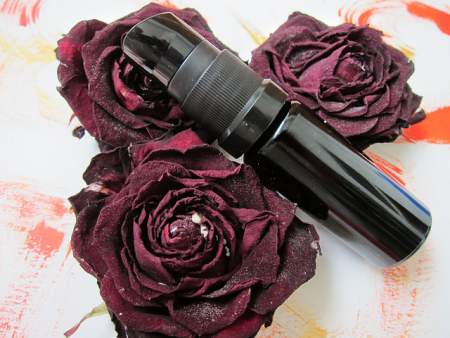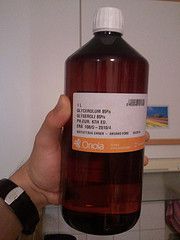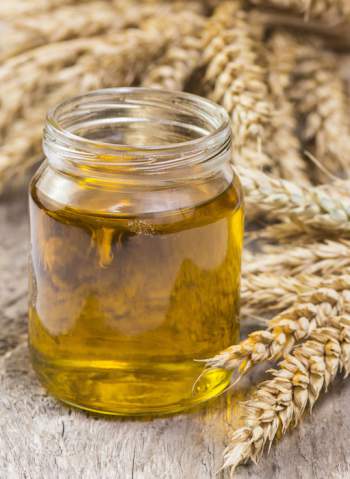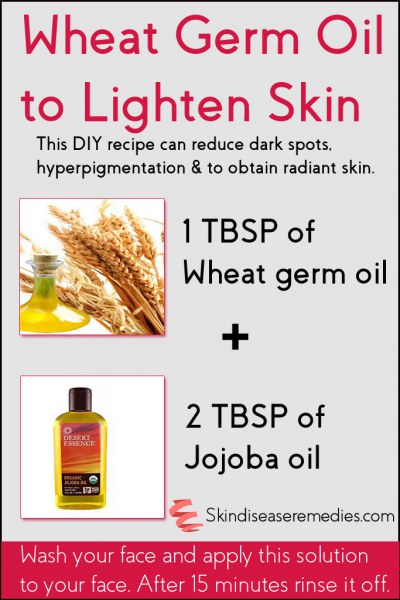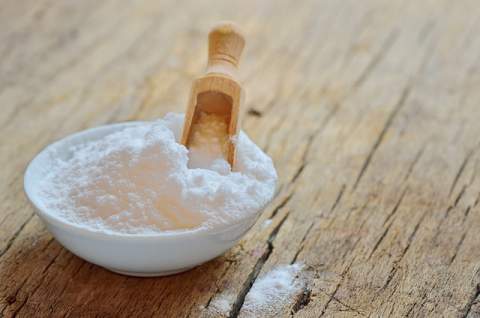
Skin moles are regarded as beauty marks. Ancient Chinese believe it to be lucky or unlucky mark depending on its location. (1)
Back to modern world, thanks to media promoted models these black spot on the skin is a cosmetic concern. Fortunately, you can use home remedies like apple cider vinegar for mole removal.
Apart from being a cosmetic concern, moles can also result in skin cancer.
What Causes Moles to Appear on Face?
Moles occur when melanocytes (cells present in the skin) grows in cluster rather than spreading throughout the skin. There are different types of moles, and they may grow in group or single.
Hair develops on mole which may ruin your beauty. People try to hide this annoying black or brown colored mark on their face with makeup.
Is Apple Cider Vinegar Good for Mole Removal?
ACV is a type of vinegar made from cider (beverage from apple juice). This acidic liquid can be used in foods and has many health benefits.
You can get apple cider vinegar from a local grocery store.
- Acid nature of this ingredient destroys mole tissues without damaging your skin.
- Apart from this, nutrients in ACV help to soften the skin texture and stimulate skin regeneration.
- Anti-inflammatory ability this ingredient reduce skin irritation and acetic acid soften the skin.
- Vitamins and minerals residing in it help to balance pH level of the skin.
How to Use Apple Cider Vinegar for Mole Removal?
Higher concentration of ACV may irritate your sensitive. So, initially start diluting it with other ingredients.
Below listed are different methods to use ACV.
#1 Apple Cider Vinegar
Things you need
- Cotton ball
- Apple cider vinegar (ACV)
- Band aid
Carry a band-aid on face is quite annoying, so we recommend trying this process before going to sleep, it takes few minutes.
Process
- Wash your face or part of the body with mole with cold water.
- Pat it dry with a dry and smooth towel.
- Dip cotton ball in apple cider vinegar solution and squeeze it so that the extra amount of ACV is dropped into bowl.
- Now place the ACV dipped cotton ball over the mole and using band-aid lock the cotton ball.
- Practice this for a week to see the change.
#2 Apple Cider Vinegar and Onion Juice
Onion juice consists of acidity and chemicals which can effectively reduce skin ailments including moles. Regular application of onion juice on skin moles will help to get rid of them.
Now, blend these tow ingredients.
- Blend equal amount of ACV with onion juice in a bowl.
- Use cotton ball to apply the juice over the skin mole.
- Allow it to dry naturally.
- Repeat this process twice per day, within few weeks you’ll see positive change.
#3 Apple Cider Vinegar and Baking Soda for Mole Removal
When you mix baking soda with water, it releases hydrogen ions which dehydrate skin tissues of mole.
Bleaching property residing in this home available ingredient also help to lighten the appearance of mole.
- Take required amount of baking soda and mix it with apple cider vinegar.
- Apply the paste on mole and wrap it with bandage.
- After few hours, remove it and rinse it off with water.
- Repeat the process till you remove mole.
Baking soda may irritate your skin, so take care not to apply it over skin or under eyes.
#4 Honey and Apple Cider Vinegar for Mole Removal
Antibacterial, anti-inflammatory and healing ability of honey is well known. Enzymes in honey are responsible to reduce mole size and gradually remove it.
To reap nutritional benefits, beauty experts advice to prefer only pure honey.
- Dilute apple cider vinegar with water.
- Now add 1 tablespoon of raw honey to it and mix thoroughly.
- Wash your skin with water or soap and pat dry with a soft cloth.
- Apply this mask over the mole and cover it with a bandage.
- Repeat this process regularly till you see positive results.
#5 Apple Cider Vinegar Bath
Nutrients in ACV can easily be grabbed if you mix it in your bath tub. You can treat chronic skin ailments surrounding your body with this simple remedy.
- Add 2 tablespoons of ACV to your bath tub.
- After mixing thoroughly, soak your body in the tub for 20 minutes.
- Then normally apply the soap and rinse it off.
#6 ACV and Horseradish
Nutrients in horseradish can lighten the appearance of scars and discoloration. Healing ability of this innate ingredient can reduce freckles, remove moles and treat blemishes.
- Extract juice from horseradish and mix it with required amount of apple cider vinegar.
- Also add little honey to the solution and mix thoroughly.
- Wash the skin with mild soap to remove impurities.
- Pat dry with a soft cloth and apply the paste over mole.
- Leave it to dry naturally and rinse it off with water.
#7 Drink Apple Cider Vinegar
Ingesting apple cider vinegar will help to reduce weight and treat ailments. It promotes healthy cholesterol and improves absorption of nutrients.
Antioxidant helps to thwart free radicals and prevent skin disorders like wrinkles and fine lines.
- Add 1 teaspoon of ACV in distilled water or salad.
- Drink it regularly in the morning.
- You can also add raw honey or lemon juice to enhance the taste. (Source)
Tips on Using Apple Cider Vinegar for Mole Removal
- Higher concentration of ACV may irritate your skin, so patch test before applying it over the skin.
- You may experience slight stinging sensation after applying apple cider vinegar, its common so don’t worry.
- Mole turns darker with first application, but regular application will remove it completely.
- Moisturize your skin after applying ACV with coconut oil.
- Wear sunscreen cream before going out.
- To avoid irritation apply Vaseline around the mole.
- Few moles can be cause cancer, so you must consult dermatologist to confirm the ailment.
- Don’t remove moles at home surgically.

